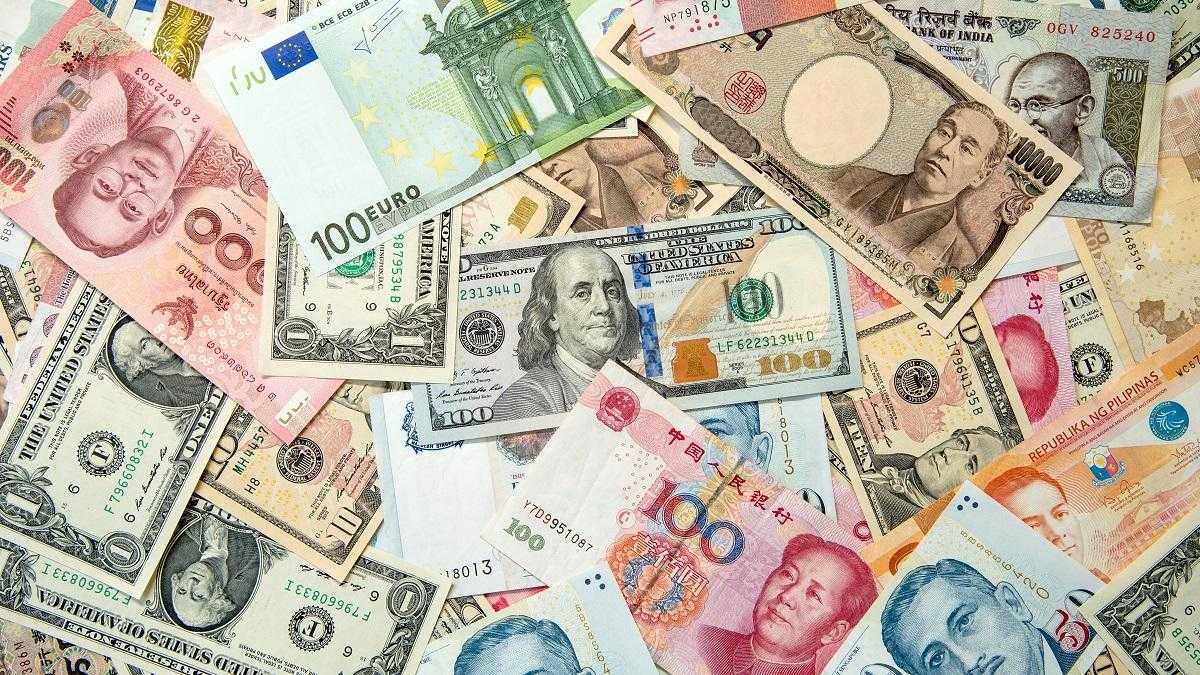It is difficult to provide definitive information on foreign exchange fees and margins. These will vary between the various currency exchange brokers; however, most foreign exchange providers will typically remain within the following thresholds.

What is a foreign exchange fee?
A foreign exchange fee is a charge that is debited or charged to facilitate an international wire transfer. Although banks are the most frequent offenders, hardly any banks will facilitate a money transfer without charging a foreign exchange fee. Some brokers will charge fees; these typically follow this tariff.
- Transfers more than £3,000 – Fee Free
- Transfers less than £3,000 – Fees usually range from £5 – £15 per transfer.
Certain currency exchange providers may promote that they do not charge transfer fees which could be due to:
- The minimum currency transfer accepted is £3,000 – £5,000
- They incorporate foreign exchange fees into their margins, thereby offering a worse exchange rate.
- Or they tend to operate a fee-free business model where their profit is generated by the spread or margin taken.
How to avoid FX fees
To eliminate fees on international money transfers, the simplest way to avoid fees is to use a provider which does not charge a fee. Most currency brokers either absorb international transfer fees or operate a no-fee model.
Margins
Foreign exchange brokers and banks make money on the margin they make on every transfer. They take a margin and earn commission regardless of whether it is a spot contract, forward contract, market order or regular international payment.
An FX margin is the difference between the exchange rate the currency broker or bank can buy currency and the exchange rate they offer to their clients. Each currency provider and the bank have the flexibility to charge any margin they wish. Currency brokers’ margins typically vary between 0.5% and 4% depending on the company and the international transaction size. Banks margins are commonly much more for comparable money exchange.
Banks margins and fees
High street banks typically charge a margin of between 2% – 4% and will usually charge a fee of between £20 – £40 for each international money transfer, depending on the transaction size. On large or regular transfers, these margins and fees can become very costly.
Foreign exchange broker margins
FX brokers typically charge a margin of between 0.4% and 4% depending on transaction size. They are unlikely to charge a foreign exchange fee (see the section on Fees for more information). FX providers are generally open to negotiating on FX rates and fees. They aim to ensure they win the clients business; however, beware of a broker offering exchange rates close to the interbank or wholesale price. You have to question why they are willing to process a transaction that will not wield profit. Secondly, become a regular customer. The foreign exchange broker may start widening their fx margins to ensure they profit overall.
Commission
The commission earned by a bank or FX broker is the money earned from each transfer. The commission is derived from the margin the bank of foreign exchange broker makes on the transfer.
FX Commission example
The mid-market or wholesale exchange rate for GBP to Euro sits at 1.1250. The customer rate offered by the bank is 1.0968, meaning a margin of 2.5% has been deducted from the rate. If the client agrees to the rate of 1.0958 and exchanges £100,000 into euros, the client receives €109,680 in their European bank.
The applied margin of 2.5% on a £100,000 generates £2500 of commission for the bank.
Bank Vs Broker Transfer Fees
Most high street banks will charge between £10 and £40 or currency equivalent to make an international payment on your or a business’s behalf. By and large, fx brokers won’t charge a transfer fee to send your money overseas. In many cases, they will also absorb any costs which the beneficiary bank could incur. These will typically only occur on payments outside of the SEPA zone.
Bank Vs Broker Margin
Compared to high street banks, there are huge savings on the rates offered by Foreign exchange brokers. Usually, savings of between 2-4% on the margins charged by banks are possible from fx brokers, meaning a potential saving of £1000 to £2000 on a transfer of £50,000.
Savings on Foreign Exchange Fees And Margins
Foreign exchange brokers can offer significant savings on both fees and margins applied to foreign exchange brokers. When making a monthly transfer, it’s common to save £150+ a year on the fees charged by high street banks.
Business foreign exchange savings
Suppose your business is making regular or multiple currency transfers which total £2,500,000 over the year. Assuming your foreign exchange broker can save you 0.5% on the margin applied to transfers, a saving of £12,500 can be made each year. If you eliminate a £20 transfer fee, there is an additional annualised saving of £240, meaning £12740 is added to your bottom line.
FX Terminology
Interbank rate – the rate at which international banks trade with each other. When looking at currency converters on any website, the exchange rate will typically be interbank or mid-market rates. It’s critical to understand that a consumer will not trade at interbank rates, so exchange rates on currency converters and similar websites should only be for information purposes.
Wholesale rate – the exchange rate foreign exchange brokers can obtain from their banks or counterparties. The more the foreign exchange broker trades, the better the wholesale exchange rate they will receive or the tighter their counterparty’s margin.
Customer rate – the exchange rate and foreign exchange broker will offer to their clients. The closer the exchange rate is to the interbank rate, the tighter the margin, the better the exchange rate, the more monetary value the client will receive.
Margin – the difference between the wholesale rate and the customer rate. The margin is the foreign exchange broker’s gross profit on the transaction.